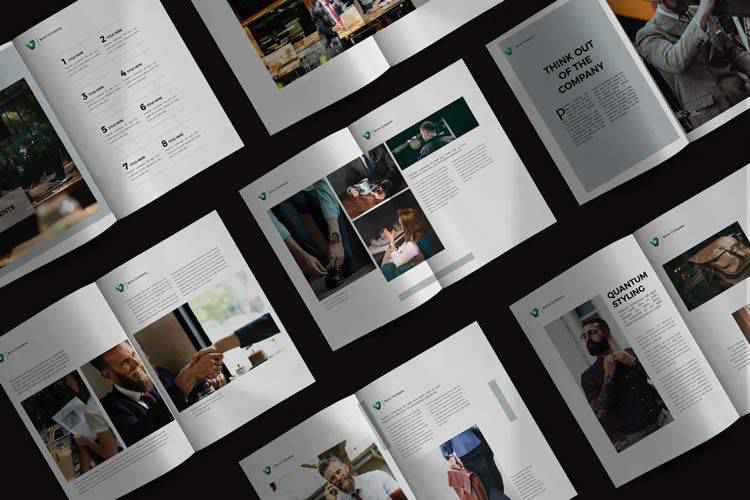Brochures are often one of the first things people see when they walk into a business or visit its website. They can be a great way to let potential customers know about what you have to offer, and how you can help them. But to make an effective brochure, it’s important to know the right ways to go about it.
Page Contents
Choose a template
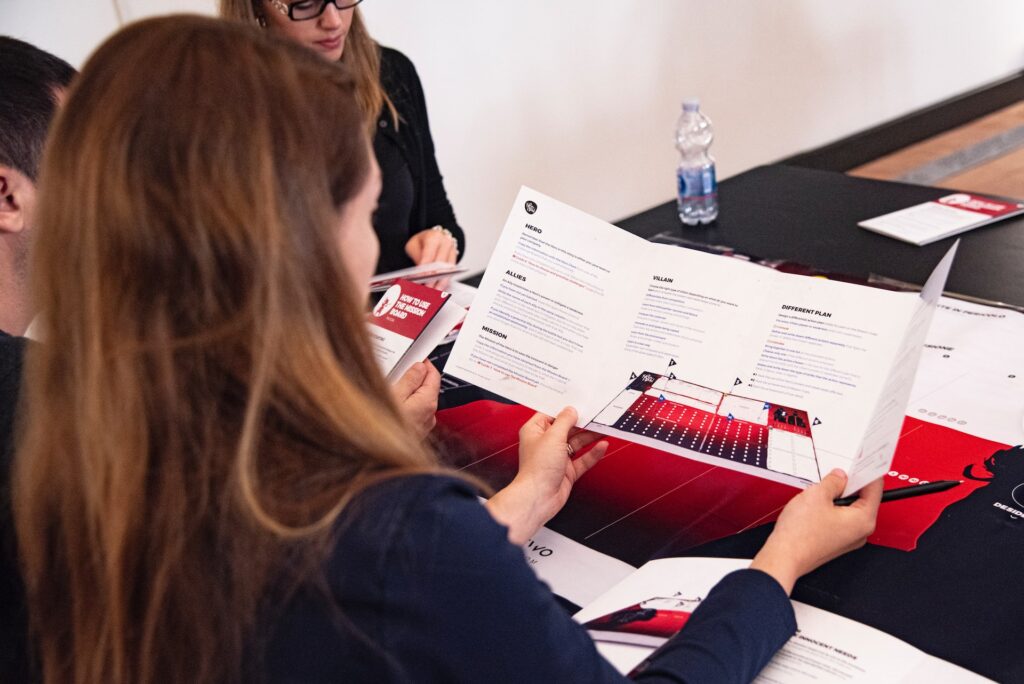
When deciding how to create a brochure, the easiest place to start is often with templates. Whether you use a program that has built-in design tools, or a more advanced graphic design software, templates are an easy way to get started. To save time and effort, start by selecting a pre-defined format that suits your content structure and overall look and feels for the brochure.
Templates are useful because they are adjustable – you can often add or remove elements without completely starting over. You can also change the font sizes and tweak the layouts to make the final design uniquely yours. Aside from giving your brochures a professional look, using templates from a brochure maker will also help ensure that your designs remain consistent across all of your promotional materials!
Incorporate your brand elements
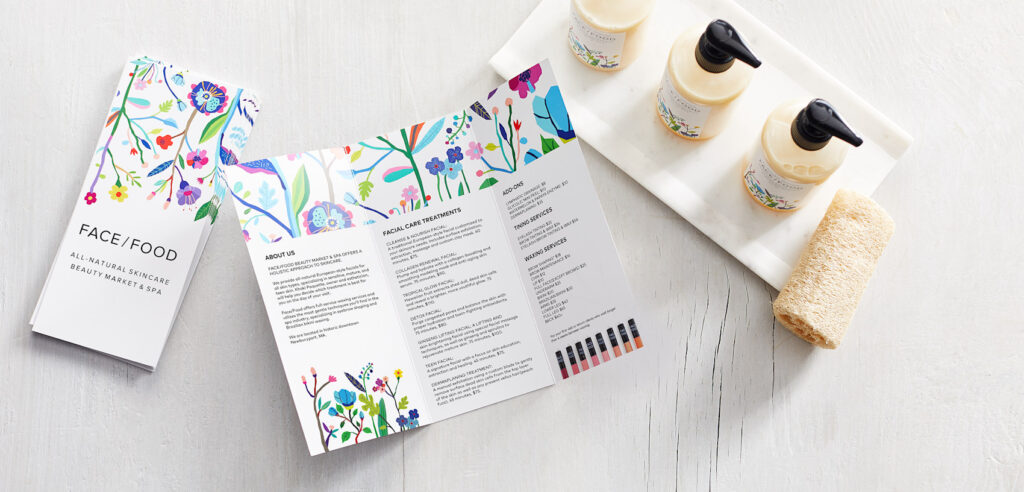
Using colors, fonts, and logos that represent your company and product will create a cohesive look and feel, making it easier for potential customers to remember you. It’s also important to keep things consistent throughout the design so that it looks organized.
Your company’s logo should be prominently displayed on the cover of your brochure, as well as other key areas such as the back cover or inside panels. Using the same font throughout gives a sense of unity to your message. Include any taglines or slogans you use regularly in order to create a multi-layered brand experience. Finally, avoid using too many different typefaces or colors – 3-5 is usually a safe range – as this can give an unprofessional vibe to the entire design.
Use visuals to create an impact
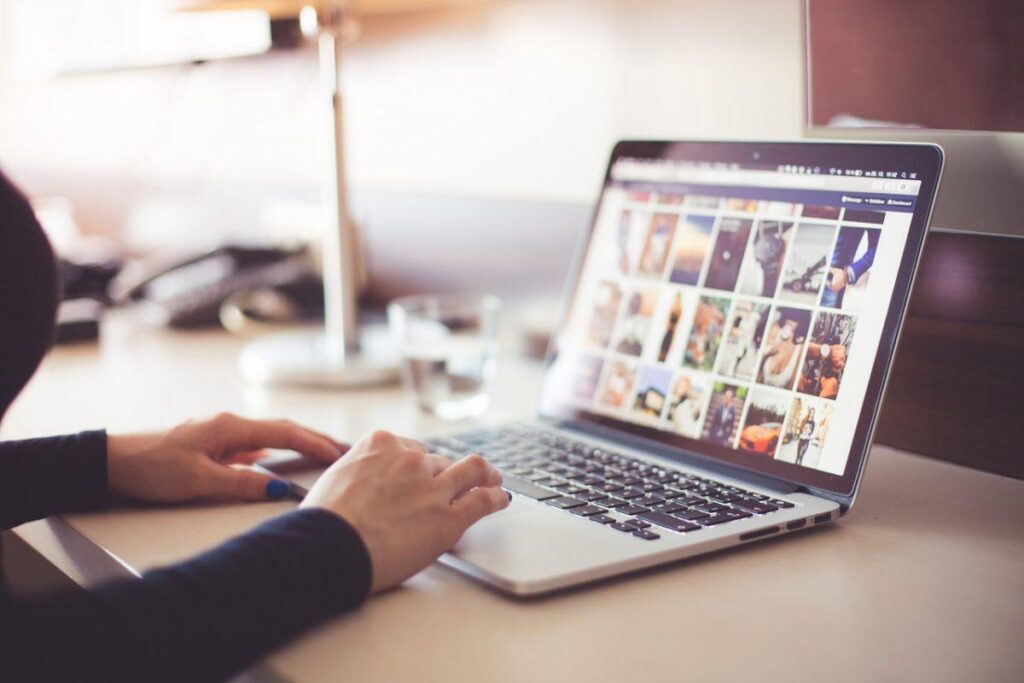
The use of powerful visuals is essential for creating an eye-catching brochure. Powerful visuals can include bright and vivid pictures, illustrations, graphs or charts, and photographs. It’s important to make sure all your visuals are relevant to the message you’re trying to communicate in your brochure. Your visuals should grab potential customers’ attention as soon as they look at your brochure, so be sure to include only attractive visuals that are directly related to the topic of your brochure.
In addition to powerful visuals, use creative design elements that help draw attention to key pieces of information on the page. Some effective design elements you can use include:
- Text boxes
- Arrows
- Typography effects such as bold lettering and italics
- Color blocking
- Graphic shading effects
Use these design elements sparingly throughout your brochure so that you don’t overwhelm readers with too much visual stimulation or conflicting messages. Also, remember that most people have very little time for reading; keep the amount of copy in your brochure minimal and succinct yet still impactful enough for readers to remember what you have said once they finish reading it.
Write a compelling headline

When creating an effective and eye-catching brochure, one of the most important elements you should include is a compelling headline. This will catch the attention of your reader and be the first thing that hooks them in.
To create a headline that stands out from your competition, think about what you want to communicate clearly, concisely, and attractively; this should become your headline. When writing a headline ensure it communicates what makes your business special in no more than a few words by highlighting benefits or features and using action-oriented or descriptive language. Consider using keywords to increase relevance to search engines as well.
Finally, make sure the rest of the text supports whatever promise is made by the headline.
Use bullet points to highlight key points
Bullet points are a way of quickly conveying essential facts in an attractive manner that helps showcase the most important aspects of the content. As such, it is useful for highlighting credentials, honors, and awards along with the benefits that customers can gain by using a product or service. Working out which bullet points should be included and how many there should require careful consideration as too few may cause readers to overlook them while too many could become overwhelming and end up achieving the opposite effect of what was intended.
Include a call-to-action
Your call-to-action may be a request for donations to an event or organization, attendance at a workshop or seminar, ordering a product, signing up for services or classes, or purchasing tickets to a show. You should make sure that the call to action stands out and is clearly visible. This will depend on the layout and design of your brochure but may include:
- A bright slogan or headline with instructions such as “Sign up today!”
- A bold area towards the end of your brochure that states “Call us now”
- An eye-catching graphic encouraging readers to contact for more information
- Including contact details (phone numbers, email addresses, and websites) in multiple locations throughout your brochure
Select the right paper and printing options
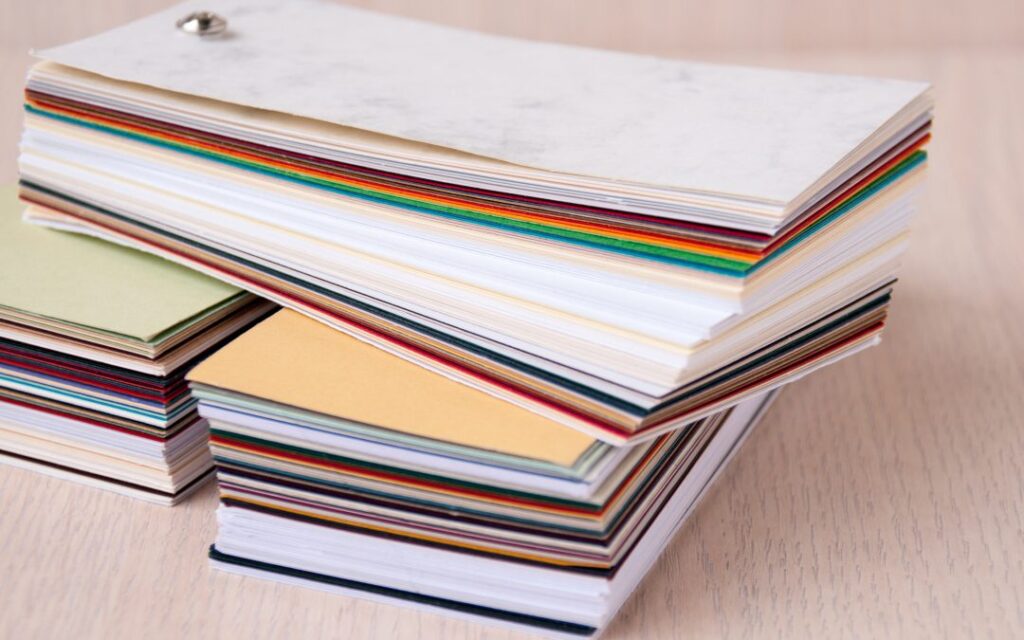
The paper and printing options you select will have a large impact on the overall quality and effectiveness of your brochure. Your choice should depend in part on the brochure’s purpose and intended audience.
Most brochures are printed using high-quality paper stock in a variety of finishes and weights, including glossy, matte, bond paper, card stock, and several others. Additionally, you have many options for color printing – full-color images or graphics can be printed using the 4-color process CMYK (cyan, magenta, yellow and black) or spot colors. You can also opt for both digital printing – which is typically used for short print runs – or offset lithography if you require longer print runs. It’s important to consult with your printer when selecting the right combination of paper stock and printing options.
Wrapping up
Making an effective and eye-catching brochure can be a complex process, but with the right tools and techniques, it is definitely possible. By using high-quality graphics and formatting, you can create a brochure that is both informative and attractive. Whether you are looking to promote your business or product to potential customers, making an effective brochure is essential.
